The views expressed in our content reflect individual perspectives and do not represent the authoritative views of the Baha'i Faith.
When Mirza Husayn Ali—Baha’u’llah—became one of the early Babis in 1844, he had never met the Bab.
How did it happen? In the simplest terms, Baha’u’llah read a letter the Bab had written, and said to his brother Mirza Musa:
Read this. If there be any truth in this mortal world, it is to be found in the words of the writer of this tablet. – cited by Lady Blomfield, The Chosen Highway, p. 24.
So in the same way that Christ became a follower of his predecessor John the Baptist before declaring his own mission, Baha’u’llah became a follower of the Bab:
Thus, at the age of twenty-seven, the Son of the minister [Mirza Buzurg, Baha’u’llah’s father], Who had withdrawn from the life of the [Shah’s] court, the brilliant nobleman Whose sense of justice was a byword amongst all who knew Him, Whose knowledge, eloquence and lovable nature were exemplary, put Himself on the side of a religious renaissance that was bound to excite the hatred of the ruling classes of the realm. – H.M. Balyuzi, Baha’u’llah, p. 11.
Baha’u’llah obviously knew the risks his spiritual decision would entail. Already, the clerics and the governmental powers of Persia had begun to persecute the Babis. Maligned, hounded and reviled since the day it was born, the Bab’s new Faith and its followers were destined to suffer tremendously for their beliefs—and even the nobility and social position of someone as revered as Baha’u’llah would afford no protection or shield from those vicious persecutions. Shoghi Effendi, the Guardian of the Baha’i Faith, later wrote about that period in his book God Passes By, describing the advent of the Babi Faith as creating:
… a commotion that rocked the entire country. The fire which the declaration of [the Bab’s] mission had lit was being fanned into flame through the dispersal and activities of His appointed disciples. Already within the space of less than two years it had kindled the passions of friend and foe alike. The outbreak of the conflagration did not even await the return to His native city of the One Who had generated it. The implications of a Revelation, thrust so dramatically upon a race so degenerate, so inflammable in temper, could indeed have had no other consequence than to excite within men’s bosoms the fiercest passions of fear, of hate, of rage and envy. A Faith Whose Founder … regarded Himself as the precursor of one incomparably greater than Himself, Who peremptorily commanded not only the subjects of the Shah, but the monarch himself, and even the kings and princes of the earth, to forsake their all and follow Him, Who claimed to be the inheritor of the earth and all that is therein—a Faith Whose religious doctrines, Whose ethical standards, social principles and religious laws challenged the whole structure of the society in which it was born, soon ranged, with startling unanimity, the mass of the people behind their priests, and behind their chief magistrate, with his ministers and his government, and welded them into an opposition sworn to destroy, root and branch, the movement initiated by One Whom they regarded as an impious and presumptuous pretender. – Shoghi Effendi, God Passes By, p. 9.
The Babi revelation, many Middle Eastern historians have now concluded, mounted the most massive challenge of modernism ever seen in that part of the world, and generated an enormous, violent backlash—which led to the deaths of 20,000 Babis, and the Bab himself:
As early as 1845, a fatwa (legal pronouncement) had been signed at Baghdad by the leading cleric of the Shi’i world, condemning the… Bab to death as an unbeliever … Fatwas were issued against the Bab personally at Shiraz, Isfahan and later at Tabriz … Ultimately, of course, the Bab’s execution in 1850 was a matter of state policy … – Peter Smith, The Babi and Baha’i Religions, p. 19.
The Encyclopaedia Iranica (www.iranicaonline.org) describes that gruesome, genocidal campaign against the Babis this way:
There seems to have been some competition in devising manners of death for those condemned, some being simply speared, stabbed or shot, whilst others were beaten to death, hacked to pieces, shot at with cross bows, or blown from the mouth of a cannon, and at least three suffered the torture of having lighted candles inserted in specially cut wounds in the torso whilst still alive, before being cut into sections. Prior to death, some had their eyes gouged out or were otherwise disfigured, and at least one was shod with horseshoes. After death, the bodies of many of the victims were cut up, used for target practice, beaten to an unrecognizable pulp, or left for the dogs to eat, indicating both the ferocity of the executioners and their determination that the dead should be denied a proper burial (the details of the executions were reported in the official government newspaper, Ruznāma-ye vaqāyeʿ-e ettifāqiya, for 10 Ḏu’l-Qaʾda, pp. 1-3.)
Western diplomatic and journalistic accounts of this ongoing massacre and its crimes against humanity shocked Europeans and Americans. But the crimes continued, and the courageous Babis, led by Baha’u’llah after the Bab’s execution, continued to await and prepare for the advent of “Him whom God shall make manifest:”
… Baha’u’llah declared the Bab’s mission to be true and promulgated His teachings. The Bab announced that the greater Manifestation would take place after Him and called the Promised One “Him Whom God shall make manifest,” saying that nine years later the reality of His own mission would become apparent. In His writings He stated that in the ninth year this expected One would be known; in the ninth year they would attain to all glory and felicity; in the ninth year they would advance rapidly. – Abdu’l-Baha, The Promulgation of Universal Peace, p. 26.


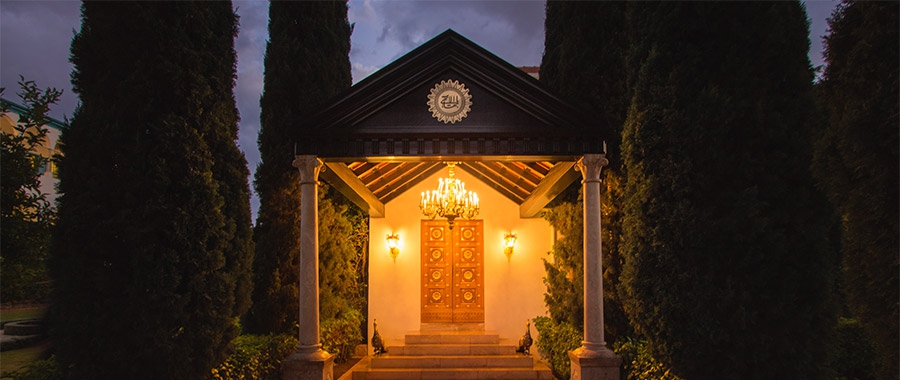

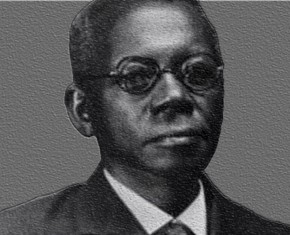
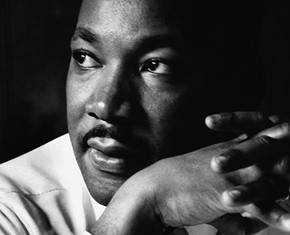



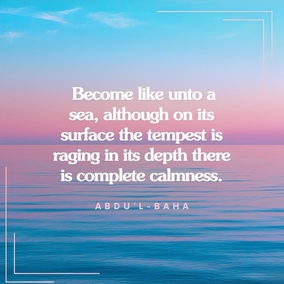

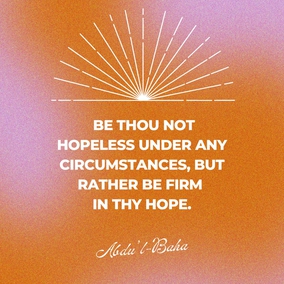
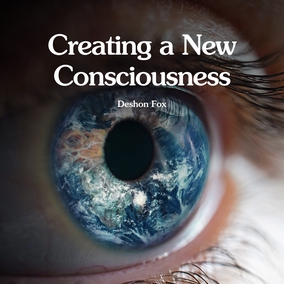



Comments
Sign in or create an account
Continue with Googleor